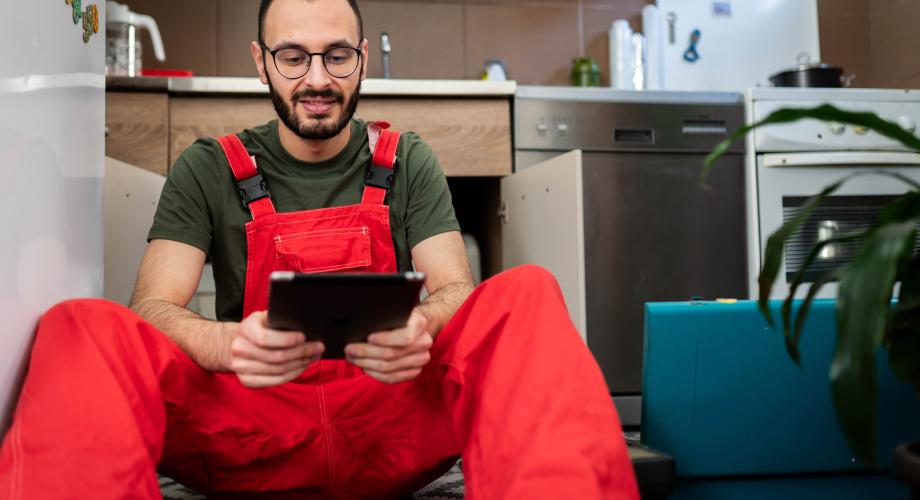Multifamily Operators Beginning to Embrace Tech-Driven Maintenance Training
Multifamily Operators Beginning to Embrace Tech-Driven Maintenance Training

How the apartment industry is meeting the needs of modern residents by enhancing maintenance through the adoption of technology.
By Peter Jakel |
As technology continues to reshape the multifamily housing industry, many multifamily owner/operators are modernizing maintenance training and operations to meet evolving demands.
In June 2025 in Las Vegas, during the 2025 Apartmentalize session, “Bridging the Gap: Enhancing Maintenance Through Technology Adoption in Multifamily,” industry leaders shared strategies for integrating digital tools, improving technician training and fostering a culture of continuous learning.
Investing in Assets
“We’re not just preserving buildings, we’re preserving people,” said Jose Murillo, Regional Maintenance Manager for Greystar’s Desert Region. “Our maintenance teams are our greatest assets, and we need to invest in them like we do our properties.”
Murillo, a U.S. Marine Corps veteran with over two decades in the industry, highlighted the importance of hands-on training and mentorship. He described how his team uses key performance indicators (KPIs) to identify skill gaps and tailor training accordingly.
“Too often, new hires are handed a stack of work orders and keys with no real onboarding,” Murillo said. “We’re changing that by using data to understand where our techs need support—whether it’s HVAC, plumbing or electrical—and then providing targeted training.”
A Strategic Approach
Monica Frazier, General Manager at Midwood Investment and Development, echoed the need for a more strategic approach to training and retention.
“Success isn’t one-size-fits-all,” Frazier said. “We need to redefine ROI—not just in terms of dollars, but in terms of technician development, resident satisfaction, and asset longevity.”
Frazier emphasized that maintenance performance directly impacts resident retention, stating, “Maintenance is the holy trifecta alongside leasing and operations. If we’re not supporting our techs, we’re risking renewals.”
Easing Transitions
The panel also addressed the challenges of introducing new technology to a multigenerational workforce. Frazier introduced the ADKAR model—a change management framework focused on “Awareness, Desire, Knowledge, Ability and Reinforcement”—as a tool for easing transitions.
“Change is hard, especially when it comes to software,” she said. “We need to be transparent about why we’re making changes, provide hands-on training and reward early adopters.”
Craig Carter, representing digital training platform Interplay Learning, noted that while many technicians may feel hesitant about technology, most are already using it daily.
“About 86% of skilled trades workers say they prefer digital tools for training,” he added. “The key is helping them realize they’re more tech-savvy than they think.”
Carter advised operators to reframe training goals. “If you say you want to train 52 hours a year, it sounds overwhelming,” he said. “But if you break it down to 30 minutes a week, it becomes totally doable.”
Murillo agreed, urging leaders to make training a regular part of the workweek. “Fifteen minutes on Monday, Wednesday and Friday adds up,” he said. “That consistency builds confidence and competence.”
The panelists also stressed the importance of mentorship. “We had 30 people raise their hands saying they’ve been in the industry 25 years,” Frazier said. “But only a few said they were mentors. That’s a missed opportunity.”
As the session concluded, the speakers challenged attendees to rethink how they support their maintenance teams.
“Technology is here to stay,” Murillo said. “We can either resist it or use it to empower our people. The choice is ours.”
Peter Jakel is Vice President of Strategy for LinnellTaylor Marketing.
